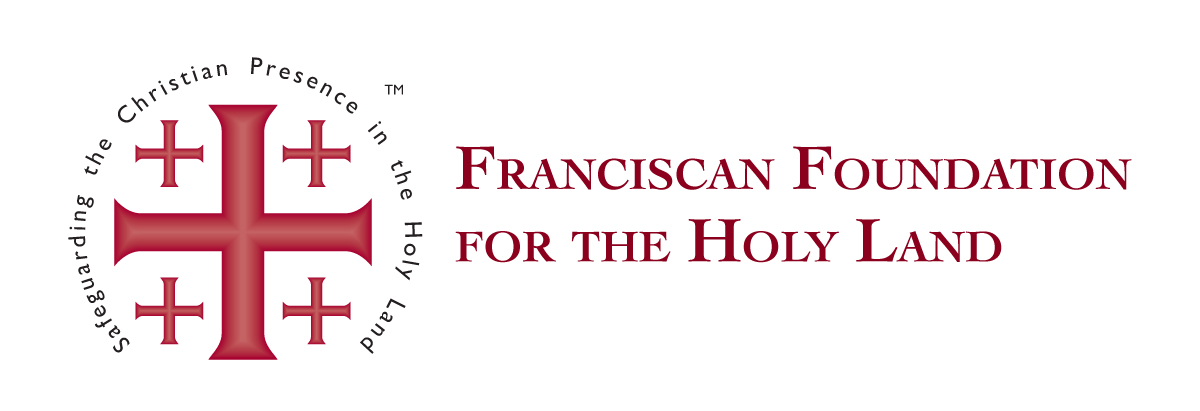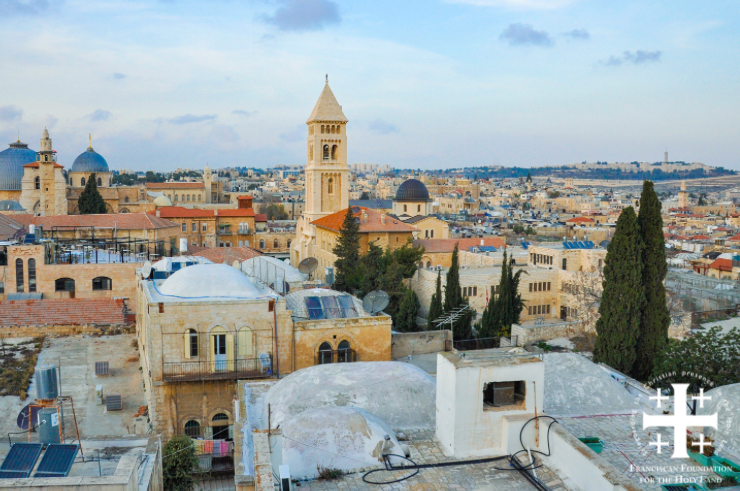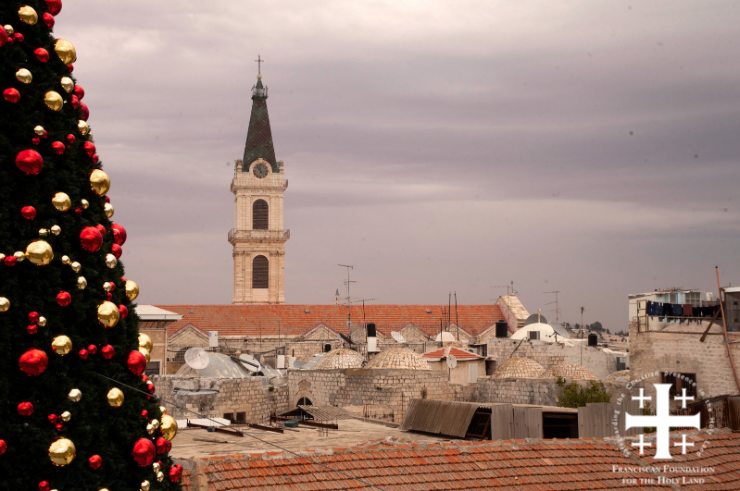(FMC) Several trees in Jerusalem remind us that we are here in the Holy Land. Indeed, some are mentioned in the Bible and relate in a special way to the life of Jesus.
Symbols of life given by God the Creator, 22 species of trees are cited in the Bible. In Jerusalem, the ancient trees bear witness to Scripture and some have been categorized by the Israeli association Keren Kayemeth LeIsrael – Jewish National Fund.
Starting with the olive trees in Gethsemane, the name means “oil press” in Aramaic. This is the Mount of Olives, opposite Jerusalem, where King David went up, weeping and fleeing from his son Absalom who rebelled against him. In the New Testament, the Mount of Olives is associated with Jesus before his arrest. “Then Jesus came with them to a plot of land called Gethsemane; and he said to his disciples, ‘Stay here while I go over there to pray.’” (Matthew 26).
Yaa’akov Shkolnik, Guide: We are in Gethsemane and based on what we know, these would be the oldest olive trees in Israel. If you mention Gethsemane to a pilgrim, the first image that comes to mind are these trees. Not churches or anything else, only these trees.
The olive trees that date back to the 1st century did not resist the sieges on Jerusalem by the Romans in 70 and 135. In 2012, Italian research dated the trunk of three of these trees to the twelfth century, indicating, however that the roots were older. The continued presence of olive trees here, prized for their olives and for their wood, has been attested to by historians and stories of pilgrims through the centuries.
Another site located by the KKL is the Orthodox Monastery of the Cross, at the foot of the Israeli Parliament. It was built on the site of the tree whose wood was used for Christ’s cross. According to legend, the origin of this tree dates back to the Old Testament.
Yaa’akov Shkolnik, Guide: We are at the Monastery of the holy tree. Here, Lod, Abraham’s brother planted the tree that produced the wood for Jesus Christ’s cross.
In this same monastery, two pine trees originating from Mount Athos in Greece were transported and planted in the 19th century.
Among Jerusalem’s remarkable trees, the KKL has also identified the pistachio trees of the British cemetery of 1917 near Mount Scopus, witnesses in their appearance to a biblical legend
Yaa’akov Shkolnik, Guide: In the middle of the cemetery, we can see a native Israeli tree: an oriental pistachio. It has a very special red color associated with a legend: Absalom, David’s son, was killed against the tree, and the red color is that of his blood.
And the list could go on. For several years, KKL–that manages the land and forests in Israel -has identified over 1,200 ancient trees that tell a story and they have been officially listed in order to be highlighted and protected.
An important work that stresses the importance of trees in sacred history and its many symbols that affect man in his quest for God. Like in the first Psalm, the one who delights in the law of the Lord is “like a tree planted near streams; it bears fruit in season and its leaves never wither, and every project succeeds.”



